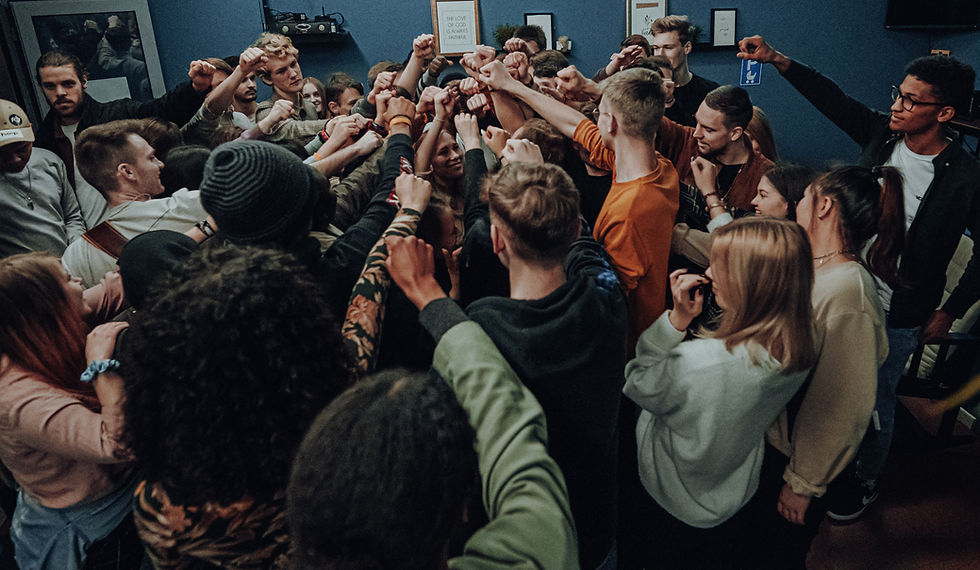Indigenous child removals in Queensland spark urgent reform talks
- Editorial Team SDG16

- Jun 1
- 2 min read

At a time when the Sustainable Development Goals (SDGs) urge governments to leave no one behind, Australia’s handling of Indigenous child protection has emerged as a pressing issue of national concern. The Bandarran Marra'Gu Gathering Strength Summit, held in Brisbane in May 2025, convened more than 100 Indigenous leaders and legal experts to confront the troubling rise in Aboriginal and Torres Strait Islander children being placed in state care.
The summit, co-hosted by the Australian Human Rights Commission and the Queensland Human Rights Commission, tackled a complex, emotionally charged topic that underscores broader global aims such as SDG 10: Reduced Inequalities and SDG 16: Peace, Justice and Strong Institutions.
Mounting disparity in child removals
Despite the 2020 Closing the Gap Agreement, which aimed to reduce the number of Indigenous children in out-of-home care by 45% by 2031, recent data paints a starkly different picture. Nationally, 50 Indigenous children per 1,000 are in state care—ten times higher than the rate for non-Indigenous children.
Projections suggest the number of removals could triple within two decades, signalling a severe breach of both national promises and global human rights norms. Leaders at the summit warned of a system that funnels Indigenous youth from child protection into the criminal justice system—a pipeline many labelled as discriminatory and structurally broken.
Friction over terminology and framing
A key flashpoint was the inclusion of the term “genocide” in the summit’s draft declaration. While Senator Lidia Thorpe and allied activists supported its use to characterise the systemic removal of Indigenous children, senior figures such as Mick Gooda and Marcia Langton cautioned against inflammatory language that could alienate policymakers.
Ultimately, the final statement articulated concerns over government actions potentially being “intended to destroy First Nations,” without explicitly invoking genocide.
Government acknowledges systemic failure
In what has been described as a watershed moment, Queensland Premier David Crisafulli announced a 17-month Commission of Inquiry into the child protection system. Indigenous elder Noel Pearson hailed the inquiry as “the most significant initiative” of any Australian government in 2025, marking a rare moment of political recognition for a decades-long crisis.
Demand for structural change
Beyond reactive reform, summit delegates stressed the need for constitutional recognition and a permanent Indigenous voice in Parliament. Pat Anderson and Megan Davis of the Uluru Dialogue highlighted the inadequacy of current frameworks like Closing the Gap, urging that without structural transformation, surface-level reforms will falter.
This reflects a global lesson echoed in SDG 16: genuine progress in justice and strong institutions must be built upon inclusive governance and respect for cultural sovereignty.
A global call to action
The crisis in Queensland is not an isolated issue but part of a broader global pattern where Indigenous peoples are disproportionately affected by state interventions. The Global Society must prioritise inclusive policies, grounded in the lived realities of First Nations communities, if it hopes to achieve sustainable, just futures for all.
As Australia embarks on this critical inquiry, the international community should take note. Sustained, collaborative efforts remain essential to address historical injustices and forge pathways toward equity and healing.
For further reading:



